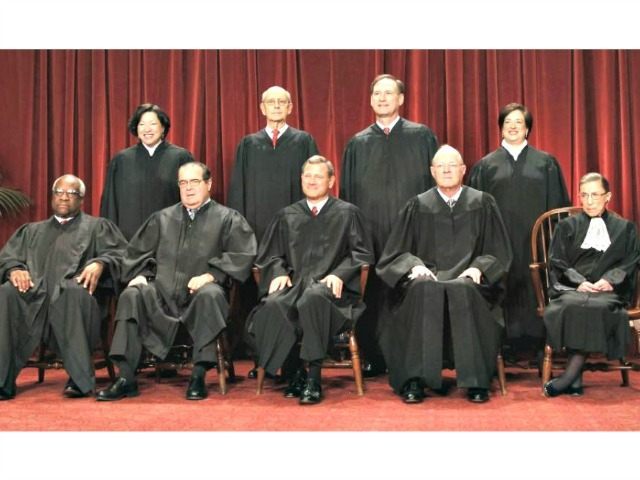The Supreme Court will consider whether state legislative districts should be drawn based on the number of citizens eligible to vote or based on total population.
Tuesday, the court agreed to hear a case filed by Texas voters who argue that drawing state legislative districts based on total population instead of eligible voters affords voters in districts with greater numbers of ineligible voters more clout, according to reports.
Sue Evenwel and Edward Pfenninger are named as the appellants in the case which takes issue with the “one-person, one vote” principle.
“Where, as in Texas, large numbers of non-voters swell the population of certain geographic locations, the exclusive use of total population as the apportionment base will fail to protect the individual constitutional right to cast an equally weighted vote,” the appellants lawyers argue.
“Using total population to equalize districts therefore will not suffice to protect the constitutional rights of voters under all circumstances. For that reason, using total population in redistricting has always been understood as a means of protecting voters from having their votes diluted rather than an end to be achieved for its own sake,” they add.
The Los Angeles Times reports the case is expected to he heard in the fall or early next year and could have repercussions for states with high levels of illegal immigrants, including California, Texas and Florida.

COMMENTS
Please let us know if you're having issues with commenting.